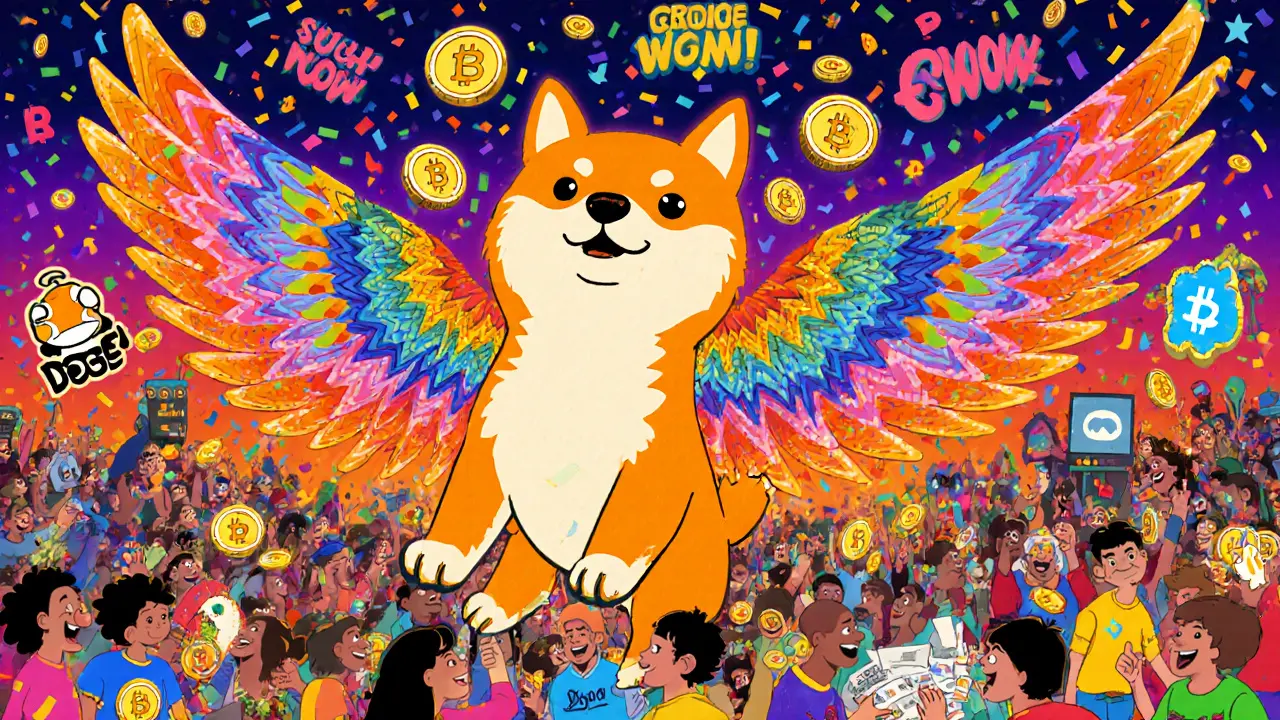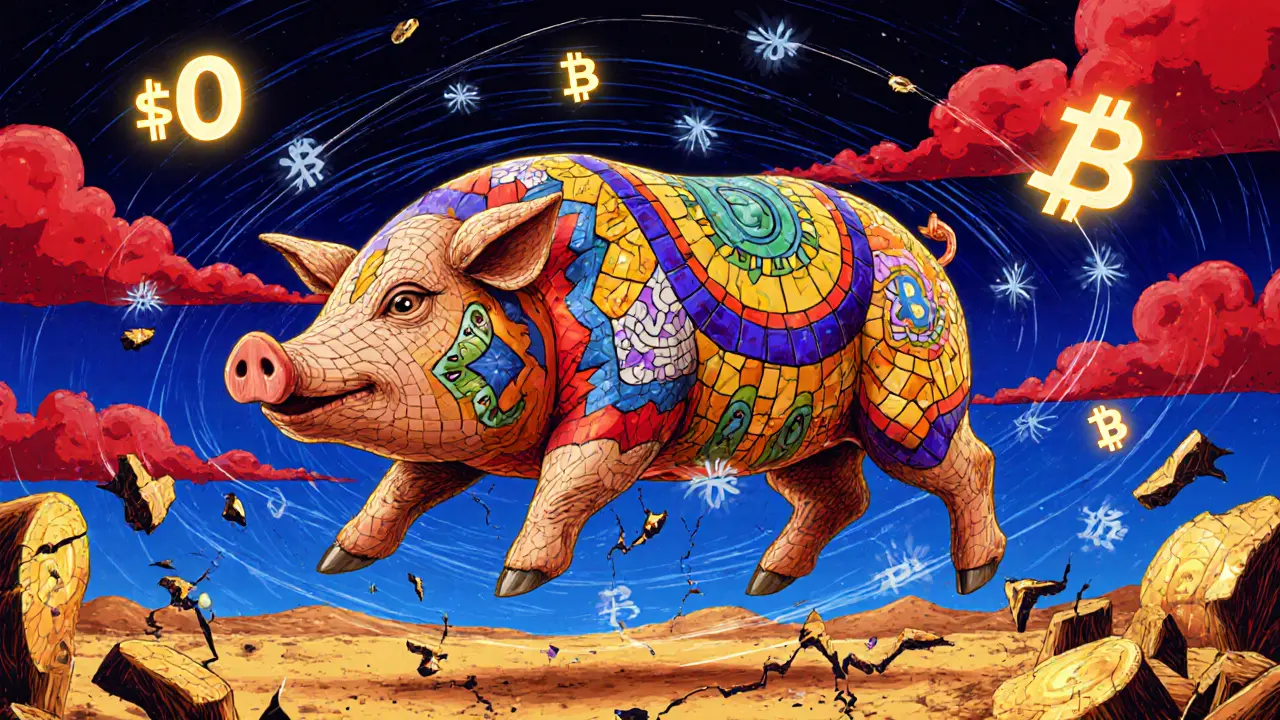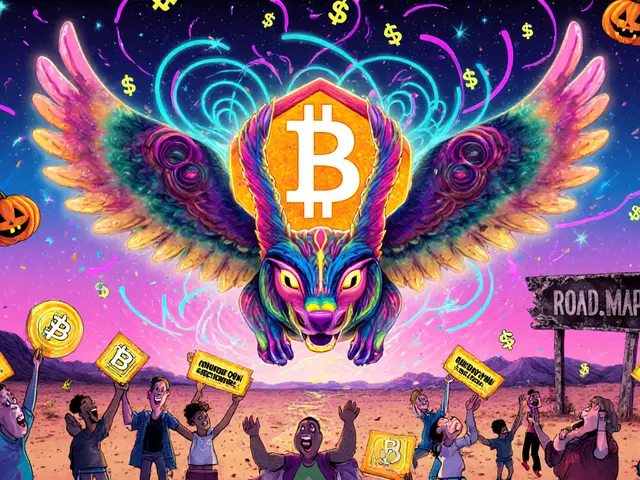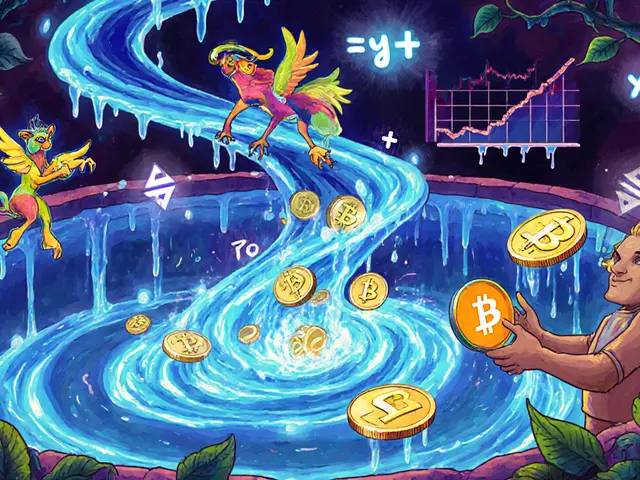Meme Coin: What They Are, Why They Rise, and How to Avoid Getting Burned
When you hear meme coin, a cryptocurrency created as a joke or internet trend, often with no real utility or team behind it. Also known as dog coin, it's not a serious investment tool—it’s a cultural phenomenon wrapped in blockchain code. Unlike Bitcoin or Ethereum, meme coins don’t solve problems. They ride waves of hype, social media trends, and celebrity tweets. Dogecoin started as a parody of Bitcoin in 2013. Shiba Inu copied its vibe five years later. Neither had a whitepaper worth reading—but both made people rich. And broke far more.
What makes a meme coin work isn’t technology. It’s community. When thousands of people post about it on Reddit, Twitter, or TikTok, the price moves. When a billionaire like Elon Musk tweets "Dogecoin to the moon," traders rush in. But here’s the catch: no one owns the coin. No team updates it. No roadmap exists. The only value is what the next person is willing to pay. That’s why Dogecoin, the original meme coin, still trading after over a decade due to its loyal, chaotic community is an outlier. Most others die within months. Shiba Inu, a token built to rival Dogecoin, gained traction through aggressive marketing and a decentralized exchange ecosystem is another exception—but even it’s now a shadow of its 2021 peak. These aren’t investments. They’re gambling chips with internet branding.
Behind every meme coin that blows up, there are dozens that vanish. You’ll find them in lists labeled "next 1000x coin" or "free airdrop before launch." They’re usually built on Binance Smart Chain or Solana because those networks are cheap and fast to deploy on. No audits. No liquidity locks. No team names. Just a logo, a Twitter account, and a promise. And when the hype fades, the price crashes. People lose everything. That’s why crypto scams, fraudulent projects disguised as meme coins, often using fake influencers and manipulated trading volume to lure victims are so common in this space. The same people who post about the "next Dogecoin" are the ones cashing out first.
You won’t find a single post here about how to get rich quick with meme coins. Instead, you’ll find real breakdowns of failed tokens like BSClaunch and Franklin—projects that looked promising but had zero activity, zero updates, and zero future. You’ll see how airdrops like PERA and ATA are actually structured, so you know what’s real and what’s just a trap. You’ll learn why hardware wallets matter even when you’re holding a joke coin. And you’ll understand how regulations, hacks, and market shifts make meme coins more dangerous than ever in 2025. This isn’t a guide to chasing pumps. It’s a map to avoid the landmines.












